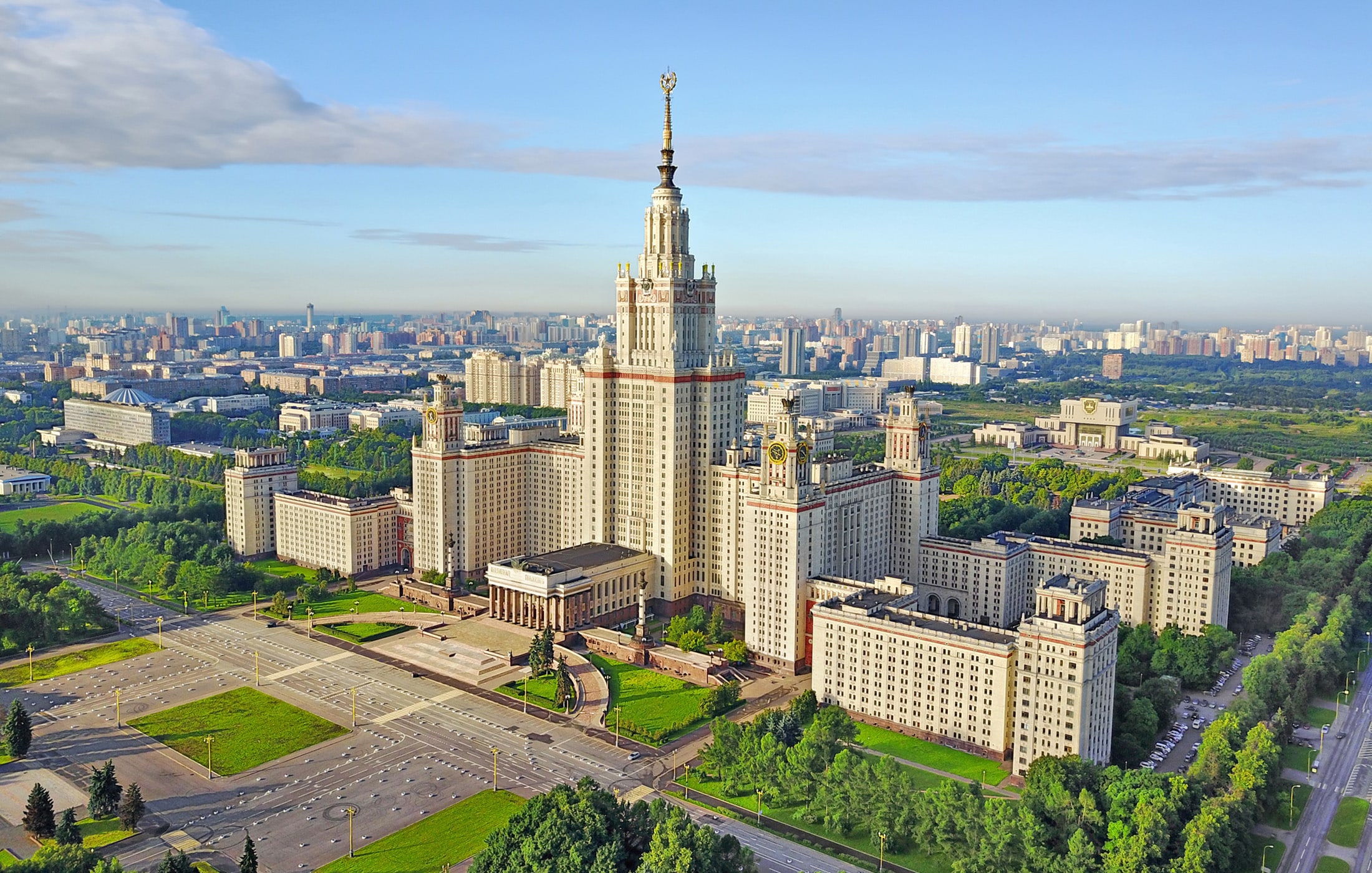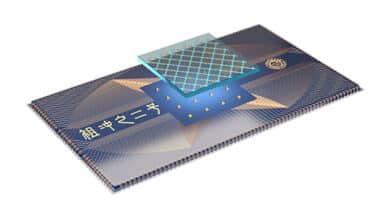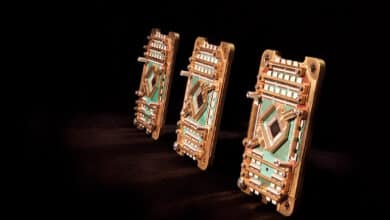Russia Unveils First 50-Qubit Quantum Computer Prototype

Moscow, Russia (Dec 2024) – Russian scientists have unveiled the country’s first prototype quantum computer to achieve 50 qubits, marking a significant leap in its national quantum program. Researchers at Lomonosov Moscow State University (MSU) and the Russian Quantum Center (RQC) developed the 50-qubit device using neutral rubidium atoms as quantum bits. The prototype was successfully tested on December 19, 2024, just in time to meet a government-backed 2020 roadmap goal of building a 50-qubit system by end of 2024. This accomplishment positions Russia among a select group of nations with quantum processors at the 50-qubit scale, a benchmark long pursued in the global race for quantum computing capabilities.
According to the MSU Quantum Technologies Center, the new quantum computer operates by trapping individual rubidium atoms with “optical tweezers” – tightly focused laser beams that hold and manipulate the atoms in place. The apparatus spans a large optical table packed with a laser array for cooling and controlling atomic states and an ultra-high vacuum chamber to isolate the atoms from environmental interference. In the prototype’s current setup, 50 single atoms are arranged in an ordered array, forming a quantum register on which single-qubit operations can be performed. “Neutral atoms in optical tweezers are a good system in terms of scaling prospects. We more or less understand how to get from systems of tens of qubits to hundreds and even thousands,” said Stanislav Straupe, head of the quantum computing sector at MSU, underscoring the design’s potential for expansion. The project is part of Russia’s national Quantum Computing Roadmap coordinated by the state corporation Rosatom and backed by roughly $790 million in government funding. It follows on the heels of a 20-qubit ion-trap quantum computer demonstrated in early 2024, which itself built on a 16-qubit system showcased to President Vladimir Putin in 2023.
Under the Hood
Russia’s 50-Qubit Breakthrough: The Russian prototype uses a neutral atom platform, leveraging lasers to trap and entangle rubidium atoms as qubits. This approach, also being explored by companies and labs worldwide, is known for its intrinsic scalability, with proposals to scale neutral-atom processors into the hundreds or thousands of qubits. By achieving precise single-atom control while preserving quantum coherence, the MSU/RQC team demonstrated a fully integrated 50-qubit system – a critical step toward more complex quantum computations. Key technical details include the use of an optical lattice of 50 neutral atoms and laser-driven logic operations. However, beyond qubit count, performance metrics like qubit coherence time, gate fidelity, and error rates have not yet been disclosed publicly. The lack of peer-reviewed data or independent benchmarking so far means it’s unclear how the Russian machine stacks up in operational quality against its international peers. Experts note that as quantum hardware grows, verifying improvements requires more than just counting qubits – rigorous tests of reliability and error correction are essential.
Comparisons with Other Quantum Efforts: Russia’s new prototype arrives amid a broader global push to build ever-larger quantum processors. For context, other countries have recently celebrated milestones at very different scales:
- India (6 Qubits): In August 2024, Indian scientists completed testing of a 6-qubit superconducting quantum processor, marking India’s first step into homegrown quantum hardware. That device successfully ran simple quantum circuits end-to-end via a cloud interface, demonstrating basic functionality and integration. While far smaller than 50 qubits, it represents a foundation for India’s emerging quantum program.
- China (66 to 504 Qubits): China has rapidly advanced from a 66-qubit superconducting chip (used in a 2021 quantum advantage experiment) to unveiling a record-breaking 504-qubit superconducting quantum chip named “Xiaohong” in late 2024. Co-developed by the Chinese Academy of Sciences and industry partners, the Xiaohong processor is part of the “Tianyan-504” quantum computer and reportedly achieves qubit lifetimes and readout fidelity on par with leading Western systems. This leap in scale – an order of magnitude above Russia’s prototype – underscores China’s aggressive drive in quantum R&D, though practical utility at 504 qubits will depend on error rates and architecture details that remain to be fully verified.
- United States (50+ to 1000+ Qubits): U.S. efforts led by companies like IBM and Google crossed the 50-qubit threshold several years ago. Google’s 53-qubit Sycamore processor famously achieved a quantum supremacy demonstration in 2019 by outperforming a classical supercomputer on a specific task. IBM, meanwhile, has steadily increased qubit counts on its superconducting quantum chips – from the 127-qubit Eagle (2021) to the 433-qubit Osprey (2022). In late 2023, IBM introduced “Condor,” a 1,121-qubit quantum processor that broke the 1000-qubit barrier for the first time. The Condor chip, with qubits arranged in a novel honeycomb layout, represents a massive engineering feat in scaling up quantum hardware. (For reference, a U.S. startup, Atom Computing, also announced a 1,180-qubit neutral-atom prototype in 2023, indicating that industry players are already exploring thousand-qubit systems.) While these machines boast far higher qubit counts than Russia’s 50-qubit device, they remain in the NISQ (Noisy Intermediate-Scale Quantum) era – still prone to errors and not yet able to outclass classical computers on general-purpose problems.
- Europe and Others: European quantum programs are generally at the few-dozen-qubit level today. For example, France’s Pasqal and the UK’s Oxford Quantum Circuits have built 20–100 qubit devices using neutral atoms and superconducting circuits, respectively. Likewise, Canada’s Xanadu has developed photonic quantum processors (measured in modes rather than qubits) showing quantum computational advantage in specialized tasks. These efforts, along with Russia’s, illustrate a worldwide drive: many nations are investing in quantum hardware as a strategic technology, even if only a handful of players (notably the U.S. and China) currently command the top end of qubit counts. Russia’s 50-qubit prototype thus closes part of the gap, putting it closer to the frontiers of quantum computing capability, though still behind the largest systems.
Implications for Russia’s Quantum Program: Hitting the 50-qubit target is a major validation of Russia’s quantum roadmap, which envisioned a 50-qubit machine by 2024 and aims for even more powerful systems by 2030. “Russia has developed multiple 50-qubit quantum computers, including ion-based systems, and plans to scale to 75 qubits by 2025,” noted Ruslan Yunusov, an adviser to Rosatom, highlighting the country’s multi-platform approach. In fact, in parallel to the MSU neutral-atom device, Rosatom’s team recently completed a 50-qubit quantum computer using trapped ions, and other groups are exploring superconducting and photonic qubit technologies. This diversification suggests that rather than betting on a single architecture, Russia is experimenting broadly to find the most promising route to a robust quantum computer. The 50-qubit prototype will likely serve as a testbed for algorithms and applications in areas the Russian program prioritizes – such as quantum chemistry simulations, logistics optimization, and new materials design. In 2023, for instance, a 16-qubit Russian quantum computer was used to run a molecular simulation via cloud access, a proof-of-concept for how these machines might contribute to scientific research. As the new 50-qubit system becomes operational, we may see it deployed for advanced R&D problems and made accessible to academic and industry partners in Russia for experimentation.
However, t quantum advantage – outperforming classical supercomputers in useful tasks – is not guaranteed simply by reaching 50 qubits. Scaling beyond 50 qubits will require overcoming steep challenges in error rate reduction and qubit coherence maintenance. Each added qubit introduces more complexity in control and noise, so Russia’s next steps will need to focus on improving qubit fidelity (accuracy of operations) and implementing at least rudimentary error correction. Notably, the Russian team has not yet released data on the new prototype’s error rates or coherence times, and no peer-reviewed publication accompanied the announcement. This opacity makes it difficult for the international quantum community to fully assess how the Russian machine measures up. Greater transparency – for example, public demos or technical papers – would help validate the achievement and integrate Russia’s work with global scientific progress.
From an industry perspective, Russia’s entry into the 50-qubit club could invigorate its domestic quantum technology ecosystem. It signals to universities and tech companies in Russia that large-scale quantum devices are becoming a reality, potentially spurring new partnerships, startups, and investments in quantum software and applications. In a geopolitical sense, quantum computing is considered a strategic technology; many nations, including Russia, view leadership in quantum tech as vital for long-term economic and security interests. Achieving a home-grown 50-qubit prototype is therefore not just a scientific milestone but a statement of technological intent. Russia aims to bolster its technological independence and competitiveness by developing quantum computers that one day could secure communications, boost AI capabilities, or model complex systems beyond the reach of classical simulation.



